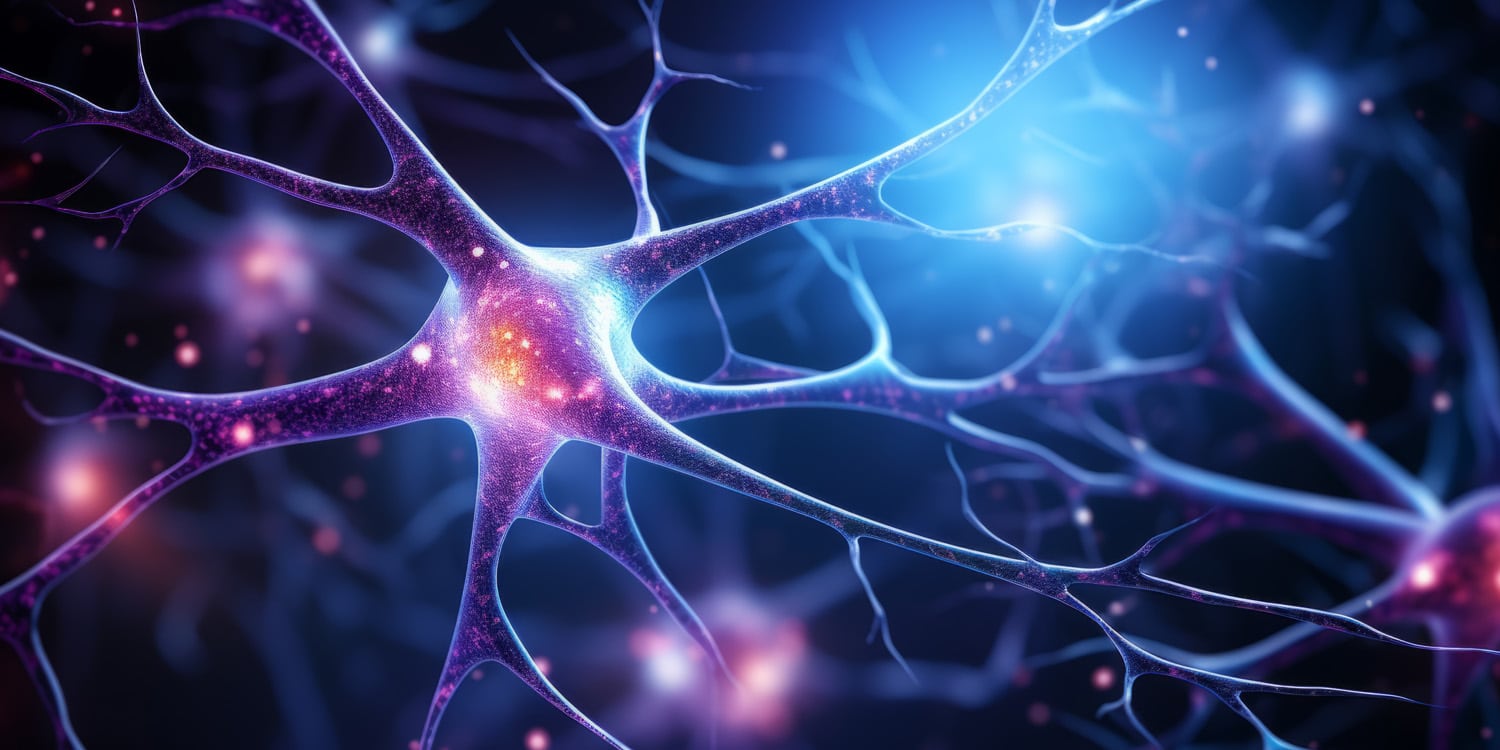Researchers at the Paris Brain Institute have conducted a groundbreaking study on the processes that occur in the brain as it transitions from life to death, particularly focusing on a phenomenon called the “wave of death.” The study, published in the journal Neurobiology of Disease, reveals that the final cessation of brain activity involves a dramatic wave of neuronal depolarization, which could potentially inform interventions in cases of acute brain injury and cardiorespiratory arrest.
Understanding the brain’s response to severe oxygen deprivation has long been a subject of intense research, primarily due to its implications for treating conditions like stroke, cardiac arrest, and other forms of brain injury. Prior investigations have revealed that as the brain approaches death, it doesn’t simply shut off but undergoes a series of complex biochemical and electrical changes.
This process includes an abrupt cessation of oxygen supply, leading to a rapid depletion of adenosine triphosphate (ATP), the cell’s primary energy source. This energy crisis triggers a cascade of neurological events, starting with the failure of the brain’s electrical balance and a massive release of glutamate, a neurotransmitter that exacerbates neuronal damage.
Earlier studies have also observed a mysterious surge in brain activity following the initial shutdown, including increases in specific brain wave frequencies such as gamma and beta waves, which are typically associated with conscious awareness. This surge could possibly relate to the near-death experiences reported by survivors of cardiac arrest. These intriguing observations have underscored the complexity of defining brain death and managing brain injury recovery.
However, despite these advancements, critical gaps remained. Most notably, the precise origins and propagation patterns of the terminal wave of neuronal depolarization — termed the “wave of death” — remained unclear. While previous research indicated that this wave could potentially be reversed if intervention occurred swiftly, the specific brain areas most susceptible to long-lasting damage during this process were not well defined.
In their new study, the researchers conducted experiments on rats in highly controlled setup to simulate the conditions of anoxia and subsequent reoxygenation. This was managed by adjusting the rats’ oxygen levels and monitoring several physiological parameters such as heart rate and electrical activity of the brain.
The researchers found that initially, as the brain enters a state of anoxia, there is a homogeneous level of neuronal activity across different cortical layers. However, a critical transition occurs with the emergence of the “wave of death,” primarily starting from the pyramidal neurons in layer 5 of the neocortex, one of the six layers that make up the cerebral cortex in the brain.
“This critical event, called anoxic depolarization, induces neuronal death throughout the cortex. Like a swan song, it is the true marker of transition towards the cessation of all brain activity,” explained Antoine Carton-Leclercq, a PhD student and first author of the study.
This wave propagates bidirectionally: upwards toward the surface of the brain and downwards into the deeper white matter areas. This finding is pivotal as it pinpoints the origin of the wave in a specific type of neuron within a precise location in the brain, which was previously not understood.
“We noticed that neuronal activity was relatively homogeneous at the onset of brain anoxia. Then, the wave of death appeared in the pyramidal neurons located in layer 5 of the neocortex and propagated in two directions: upwards, i.e. the surface of the brain, and downwards, i.e. the white matter,” said co-author Séverine Mahon, a researcher in neuroscience. “We have observed this same dynamic under different experimental conditions and believe it could exist in humans.”
This propagation pattern suggests a structured vulnerability within the cortical layers, with deeper layers showing a higher susceptibility to oxygen deprivation. This vulnerability is likely linked to the high metabolic demands of pyramidal neurons in layer 5, which require more energy to function and are therefore more prone to damage when energy supplies (ATP) run low.
The researchers also noted that this neuronal activity eventually led to a state of perfect electrical silence, indicating a cessation of all detectable brain activity, which was briefly interrupted by the wave of death—a critical marker of irreversible brain function cessation.
Moreover, the research shed light on the potential reversibility of this catastrophic wave under specific conditions. When the researchers reintroduced oxygen to the brain shortly after detecting the wave of anoxic depolarization, they observed a replenishment of ATP levels, leading to the repolarization of neurons and the restoration of synaptic activity.
This finding is particularly crucial as it suggests that timely medical intervention could potentially restore brain function in humans following similar episodes of oxygen deprivation, such as during cardiac or respiratory arrest.
However, in a few instances (3 out of 49), the reanimation process did not result in the restoration of normal brain activity. In these cases, the lack of recovery in brain activity swiftly led to cardiac arrest. This suggests that there is a critical window in which oxygen must be restored to ensure recovery; if reanimation occurs too late or is ineffective, the brain’s electrical disturbances caused by the initial deprivation of oxygen may become irreversible, leading to the failure of other vital systems, like the heart.
“This new study advances our understanding of the neural mechanisms underlying changes in brain activity as death approaches. It is now established that, from a physiological point of view, death is a process that takes its time… and that it is currently impossible to dissociate it rigorously from life. We also know that a flat EEG does not necessarily mean the definitive cessation of brain functions,” concluded Stéphane Charpier, the head of the research team. “We now need to establish the exact conditions under which these functions can be restored and develop neuroprotective drugs to support resuscitation in the event of heart and lung failure.”
The study, “Laminar organization of neocortical activities during systemic anoxia,” was authored by Antoine Carton-Leclercq, Sofia Carrion-Falgarona, Paul Baudin, Pierre Lemaire, Sarah Lecas, Thomas Topilko, Stéphane Charpier, and Séverine Mahon.

Rachel Carter is a health and wellness expert dedicated to helping readers lead healthier lives. With a background in nutrition, she offers evidence-based advice on fitness, nutrition, and mental well-being.






:max_bytes(150000):strip_icc():focal(749x0:751x2)/mother-restrained-rabid-fox-tout-051724-fb696b12f93342ea8723d7aabd0e182d.jpg)

